|
Date |
Player |
From |
To |
NI Record |
GB Record |
World Record |
||
|
1890s |
|
|
|
|
|
|
|
|
|
Dec-98 |
Peter Boyle |
Sunderland |
Sheff Utd |
£200 |
£350 |
57% |
£350 |
57% |
|
1900s |
|
|
|
|
|
|
|
|
|
Sep-04 |
Jimmy Sheridan |
Everton |
Stoke |
£300 |
£700 |
43% |
£700 |
43% |
|
Mar-08 |
Val Harris |
Shelbourne |
Everton |
£350 |
£1,000 |
35% |
£1,000 |
35% |
|
1910s |
|
|
|
|
|
|
|
|
|
Feb-10 |
Billy Halligan |
Leeds City |
Derby Co |
£400 |
£1,000 |
40% |
£1,000 |
40% |
|
Jun-11 |
Billy Halligan |
Derby Co |
Wolves |
£450 |
£1,800 |
25% |
£1,800 |
25% |
|
Mar-13 |
Billy Halligan |
Wolves |
Hull |
£600 |
£2,000 |
30% |
£2,000 |
30% |
|
Nov-13 |
Jim McAuley |
Huddersfield |
Preston |
£850 |
£2,000 |
43% |
£2,000 |
43% |
|
May-14 |
Pat O'Connell |
Hull |
Man Utd |
£1,000 |
£2,500 |
40% |
£2,500 |
40% |
|
1920s |
|
|
|
|
|
|
|
|
|
Mar-22 |
Pat Nelis |
Accrington S |
Nott'm Forest |
£2,000 |
£5,500 |
36% |
£5,500 |
36% |
|
1930s |
|
|
|
|
|
|
|
|
|
Feb-30 |
Dick Rowley |
South'ton |
Tottenham |
£3,750 |
£10,890 |
34% |
£10,890 |
34% |
|
Dec-31 |
Dick Rowley |
Tottenham |
Preston |
£5,000 |
£10,890 |
46% |
£10,890 |
46% |
|
Jul-33 |
Sam English |
Rangers |
Liverpool |
£8,000 |
£10,890 |
73% |
£23,000 |
35% |
|
Sep-33 |
Jimmy Dunne |
Sheff Utd |
Arsenal |
£8,250 |
£10,890 |
76% |
£23,000 |
36% |
|
Feb-36 |
Peter Doherty |
Blackpool |
Man City |
£10,000 |
£10,890 |
92% |
£23,000 |
43% |
|
1940s |
|
|
|
|
|
|
|
|
|
Jun-48 |
Bobby Brennan |
Luton |
Birmingham |
£20,000 |
£20,500 |
98% |
£23,000 |
87% |
|
1950s |
|
|
|
|
|
|
|
|
|
Dec-50 |
Davy Walsh |
West Brom |
Aston Villa |
£25,000 |
£30,000 |
83% |
£30,000 |
83% |
|
Sep-51 |
Sammy Smyth |
Wolves |
Stoke |
£25,000 |
£34,500 |
72% |
£34,500 |
72% |
|
Dec-54 |
Danny Blanchflower |
Aston Villa |
Tottenham |
£30,000 |
£34,500 |
87% |
£72,000 |
42% |
|
1960s |
|
|
|
|
|
|
|
|
|
Jan-65 |
Johnny Crossan |
Sunderland |
Man City |
£40,000 |
£115,000 |
35% |
£250,000 |
16% |
|
Mar-67 |
Derek Dougan |
Leicester |
Wolves |
£50,000 |
£115,000 |
43% |
£250,000 |
20% |
|
1970s |
|
|
|
|
|
|
|
|
|
Sep-71 |
Allan Hunter |
Blackburn |
Ipswich |
£80,000 |
£200,000 |
40% |
£500,000 |
16% |
|
Oct-78 |
Terry Cochrane |
Burnley |
Middesbro' |
£233,333 |
£500,000 |
47% |
£1.75m |
13% |
|
1980s |
|
|
|
|
|
|
|
|
|
Nov-80 |
Gerry Armstrong |
Tottenham |
Watford |
£250,000 |
£1.45m |
17% |
£1.75m | 14% |
|
Jun-81 |
Martin O'Neill |
Norwich |
Man City |
£275,000 |
£1.45m |
19% |
£1.75m |
16% |
|
Feb-82 |
Sammy McIlroy |
Man Utd |
Stoke |
£350,000 |
£1.50m |
23% |
£1.75m |
20% |
|
Jul-86 |
Colin Clarke |
B'mouth |
South'ton |
£500,000 |
£2.30m |
22% |
£5.00m |
10% |
|
Oct-88 |
Mal Donaghy |
Luton |
Man Utd |
£650,000 |
£3.20m |
20% |
£6.00m |
11% |
|
Mar-89 |
Colin Clarke |
South'ton |
QPR |
£850,000 |
£3.20m |
27% |
£6.00m |
14% |
|
1990s |
|
|
|
|
|
|
|
|
|
Aug-91 |
Kingsley Black |
Luton |
Nott'm Forest |
£1.50m |
£5.50m |
27% |
£8.00m |
19% |
|
Mar-97 |
Steve Lomas |
Man City |
West Ham |
£1.60m |
£15.00m |
11% |
£15.00m |
11% |
|
Sep-97 |
Jon McCarthy |
Port Vale |
Birmingham |
£1.85m |
£15.00m |
12% |
£19.50m |
9% |
|
Dec-98 |
Keith Gillespie |
Newcastle |
Blackburn |
£2.35m |
£15.00m |
16% |
£21.50m |
11% |
|
2000s |
|
|
|
|
|
|
|
|
|
Dec-00 |
Neil Lennon |
Leicester |
Celtic |
£5.75m |
£22.50m |
26% |
£37.00m |
16% |
|
Aug-08 |
George McCartney |
West Ham |
Sunderland |
£6.00m |
£30.80m |
19% |
£46.60m |
13% |
|
2010s |
|
|
|
|
|
|
|
|
|
Aug-15 |
Jonny Evans |
Man Utd |
West Brom |
£8.00m |
£85.30m |
9% |
£86.00m |
9% |
|
2020s |
|
|
|
|
|
|
|
|
|
Sep-20 |
Jamal Lewis |
Norwich |
Newcastle |
£13.50m |
£105.00m |
12% |
£198.00m |
7% |
|
|
Archie Goodall transferred
for a reputed fee of £100 when he moved between the two biggest clubs in
England (Preston to Aston Villa) during the inaugural Football League season. |
|
|
Peter Boyle was among
the early generation of Scottish professionals (he was born in Carlingford,
but raised in Coatbridge) to move to England for a lucrative contract. A
strong spell with Sunderland brought the attentions of Sheffield United who
offered a fee of between £175-£200 for his services. A successful four years in
Yorkshire brought him two FA Cup wins plus runners-up medals in the cup and
league. He left Bramall Lane under a cloud in 1904 after a dispute over a
benefit match and two suspensions for mis-conduct. |
|
|
Although the £1,000 barrier had been surpassed
several times (Alf Common was the first player to transfer for such a fee
back in 1905), a maximum allowable fee of £350 was set in 1908. It was for
such a fee that Val Harris signed for Everton. Although major honours
eluded Everton during Harris' seven seasons at Goodison, they did finish as league
runners-up twice and claimed the title in 1915, the season after Harris’
departure. |
|
|
A financial crisis at Leeds City forced them to sell
Billy Halligan, one of their prized assets. Derby’s desperation to return
to the First Division saw them offer a substantial fee. It didn’t really work
out for player or club during his time at the Baseball Ground, but he
commanded a larger fee when moving on to Wolves where he would enjoy more
success in front of goal before another big-money move and more goals with
Hull. |
|
|
Pat O’Connell was an experienced
Football League back, and had just helped Ireland to the International
Championship title, when Man United offered Hull a £1,000 fee for his
services in 1914. He was immediately installed as captain at Old Trafford. He
was implicated, but never convicted in a match fixing scandal, before the
outbreak of the First World War ended his United career after just one
competitive season. |
|
After four prolific seasons with Southampton Dick
Rowley commanded a sizable fee from Spurs. He never established himself
at White Hart Lane but they still made a profit when transferring him to
Second Division Preston after two years. At Deepdale he enjoyed more success,
helping them back to the First Division in 1934 before retiring. |
|
|
|
Sam English’s
goalscoring feats with Rangers had left his stock at an all-time high. After a
bright start at Anfield he failed to justify the fee as the boo-boys followed
him south after his involvement in the incident that cost Celtic goalkeeper
John Thomson his life. |
|
|
Peter Doherty didn’t
really want to leave Blackpool, but the club’s financial position meant they
had to let him go. His obvious talents meant that Man City had to offer a fee
just short of the British record. The world record had temporarily but
spectacularly left the UK for Argentina as River Plate paid a fee values at
£23,000 for Bernabé Ferreyra in 1932. |
|
|
Bobby Brennan was
meant to be the man to help Birmingham establish themselves in the First
Division. Ultimately they were relegated in his first season, but they
recouped the fee as he remained in the First Division with Fulham. He was the
first player to be transferred for £20,000 twice! |
|
|
The substantial fee commanded for Danny
Blanchflower’s transfer from Villa to Spurs was a testament to his
well recognised talents. It was just a question of how to best utilise his
gifts, and over the next decade he proved his true worth. By the 1950s
however the biggest fees were being paid by the Italians. It would be the
1990s before English clubs could again compete financially with Italy and
Spain. |
|
|
Derek Dougan was well
known as a reliable to goalscorer, however his move to Second Division Wolves
was still a big money gamble. He paid their faith back in spades. |
|
Terry Cochrane was a
big-money signing for Middlesbrough from Second Division Burnley. For context
the most expensive transfer at the time was Kevin Keegan’s £500,000 move from
Liverpool to Hamburg. Within a few months though the record books were torn
up as Trevor Francis joined Nottingham Forest for over £1 million. |
|
|
Martin O’Neill’s record-equalling £250k move to Norwich in February 1981 was part of a desperate transfer spree as they unsuccessfully attempted to avoid relegation. A relegation-release
clause allowed him to depart for Manchester City for a slightly larger fee, but he actually returned to
Norwich again just a few months later. |
|
|
Sammy McIlroy left
Old Trafford in the wake of Manchester United shattering the British transfer
record to sign Brian Robson for £1.5 million. |
|
|
|
Colin Clarke broke
the Northern Ireland transfer record twice as he moved from lower-league
starlet to proven top-flight goalscorer. Although his Southampton career stuttered to a close after a falling out with manager Chris Nicholl and a loan move back to Bournemouth, he did play a role in the development of Alan Shearer. |
|
Mal Donaghy was an
early big-money signing for Alex Ferguson at Manchester United. £650,000 was
a massive fee for a player then past 30. He proved a versatile squad-member
in Ferguson’s earliest successes at Old Trafford. |
|
|
|
Kingsley Black was a much
sought after talent, becoming the first million-plus Northern Ireland
international. He joined a Forest side in decline, and they were relegated at the end of the first Premier League season in 1993. Thereafter, he struggled for game time and also fell from the international reckoning. |
|
|
Jon McCarthy was the
first non top-flight Northern Ireland player to move for a fee in excess of £1million. He helped Birmingham to a League Cup final, but couldn't get them to the Premier League. |
|
Neil Lennon followed
Martin O’Neill to Celtic Park in 2000, shattering the existing record fee for
a Northern Ireland international. He enjoyed an incredibly successful spell with Celtic, with the highlight probably a run to the UEFA Cup final in 2003. At the time of writing, over 20 years on, Lennon remains one of the ten most expensive players in the history of Scottish football. |
|
|
|
Jonny Evans’ transfer
fee from Manchester United to West Brom was for an undisclosed fee. Newspaper
reports suggest that the initial sum was £6 million, rising to £8 million through
various clauses. In January 2018 he was linked with a £20 million pound
transfer to Manchester City, but he remained until the end of the season and
left for just £3.5 million due to a relegation clause in his West Brom contract. |
Direct comparison demonstrates how far transfer fees have come in since the beginning of the 20th Century, and how far Northern Ireland lags behind the world record. Logarithmic scale may be more effective due to differential.
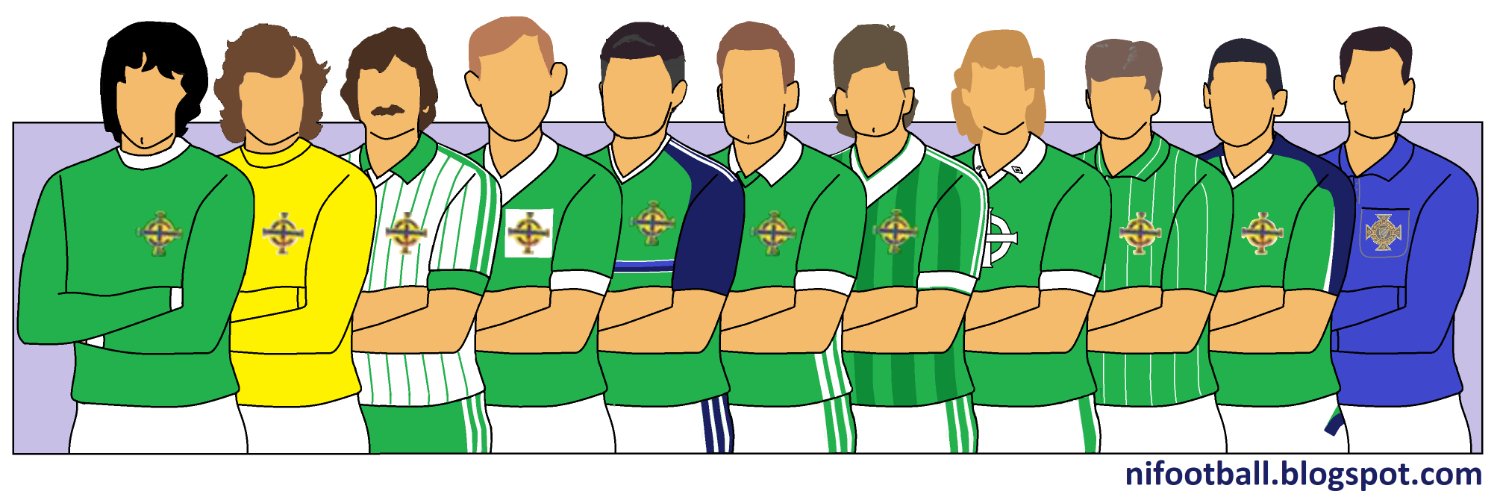

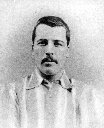

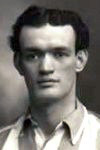


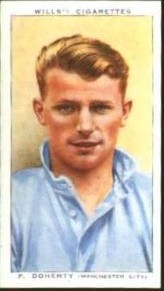

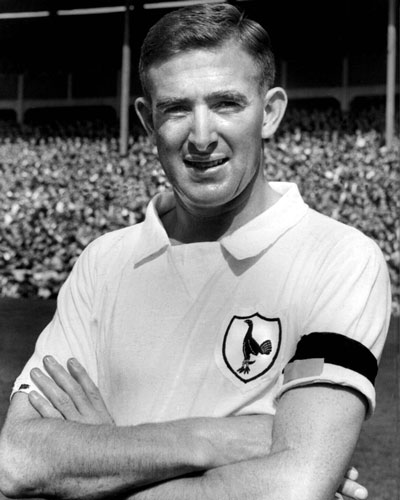










Comments